The Paralympics have been getting more and more of a platform on the international stage in recent years. It shows us that many people do things differently than the "typcial" versions of sports we're generally treated to on our screens, even to the extent that it completely flips our assumptions of what is possible upside down.
In particular, blind soccer symbolizes this, as it not only defies our notions on how a sport can be played, but is done without the very sense that we depend on to consume the sports we watch. It's an unseen sport to many, literally done without the ability to see!
We had an interview with Kazuyuki Tsuji, blind soccer athlete. He began the talk explaining the rules of blind soccer, as well as making it clear that within "blindness", there are many degrees, ranging from complete blindness to partial vision (like "tunnel" vision, or "spotted" vision).
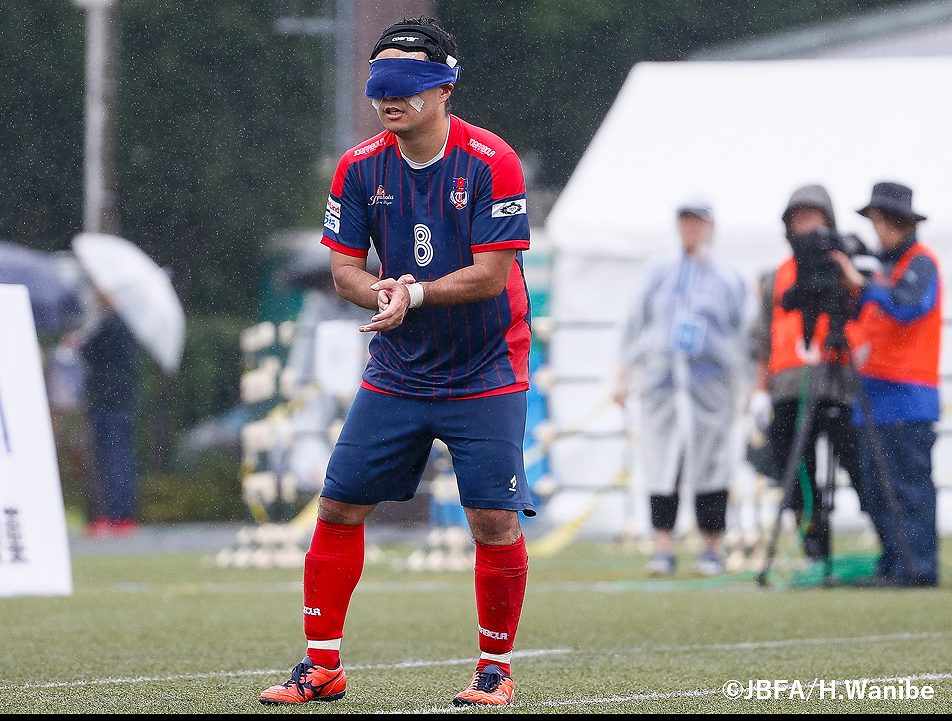
Having developed his sight disability later in life, he first debuted in Cagliari, Italy with the Low Vision Futsal (B2-B3) Japanese national team at the IBSA Football B2-B3 World Championship 2017 . Tsuji-san had played soccer a lot when he was younger, so blind soccer and low vision futsal gave him a chance to venture into international sports competition, as well as encouraged him to stay active and get out of the house despite losing most of his sight.
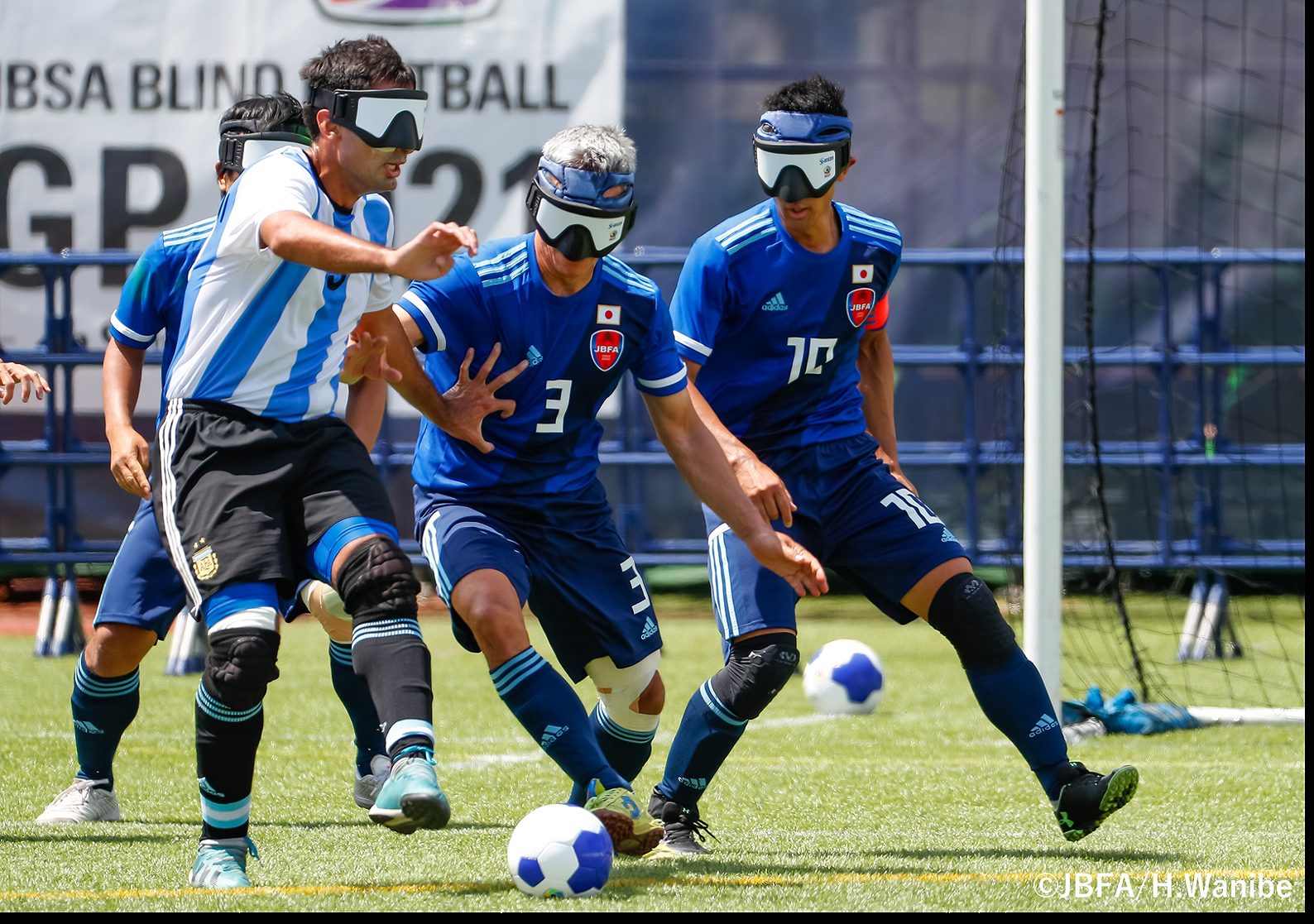
He explained that in blind soccer, the playing field is leveled by having all athletes wear a blindfold, thus playing completely blind. There are sighted people on the sidelines giving directives, one at mid-field and one at the opposite goal, both behind a one meter high wall. The goalkeeper is also a fully-sighted, or at least partially sighted person. The ball is designed with lead pellets inside to make a jingling sound as it moves along the field, and the game is played in an enclosed arena, likening it more to futsal than full-field soccer. The only “out of bounds” happens after a missed goal attempt, and this results in a corner kick.
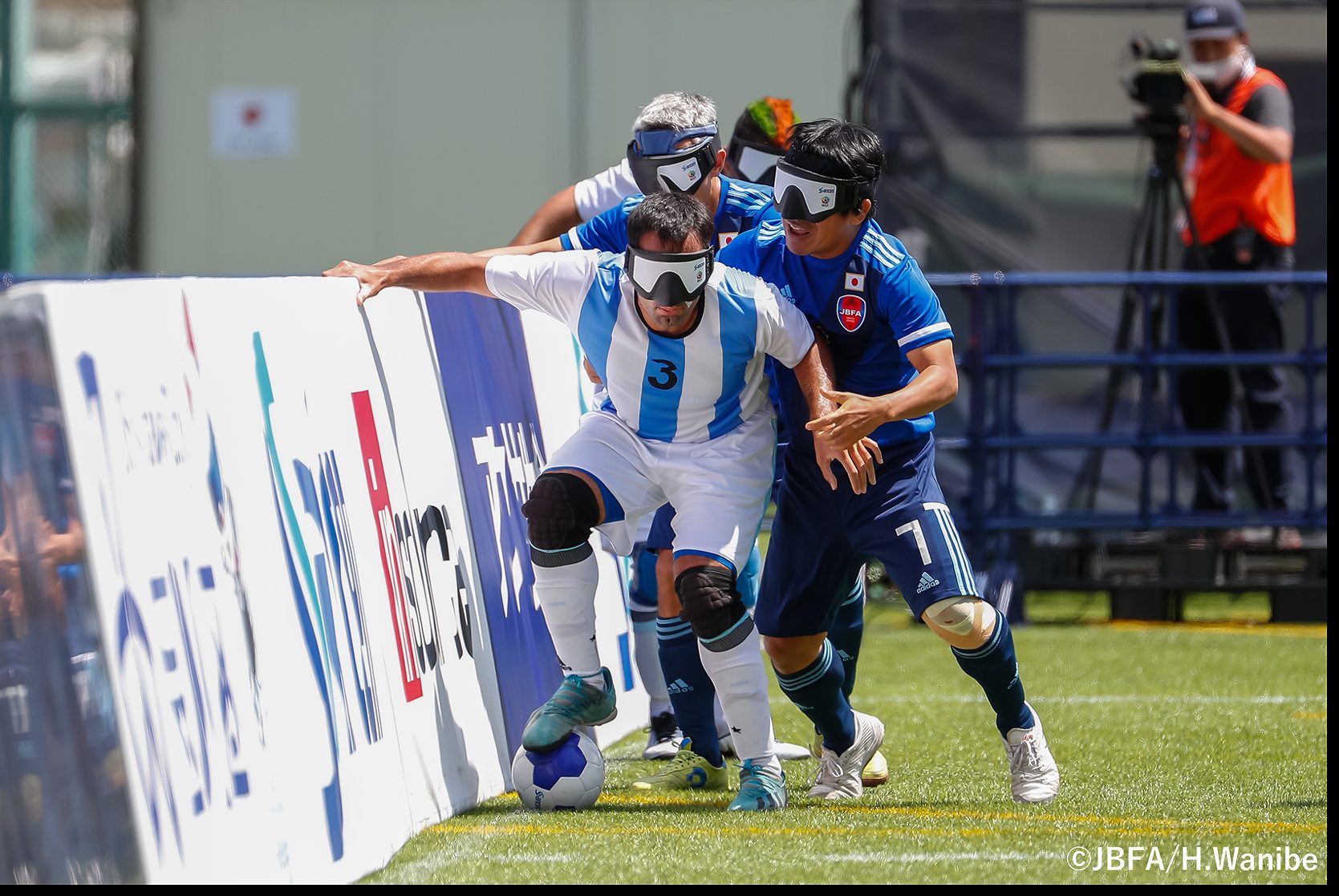
What’s interesting for a sighted viewer when it comes to blind soccer? This led the talk in an interesting direction when Tsuji-san replied that he often hears people shocked that the players actually can’t see; that people think it’s some kind of “trick”, and that they really can see. He says that it “should be interesting to watch the way that defensive players can maintain such close proximity without slamming into one another all the time”.
Not only do they have to have constant verbal communication with one another, but also plan ahead and imagine how the game might go. You have to be ultra-conscious of what’s happening around you, possibly even more than regular soccer which lets players depend primarily on sight.
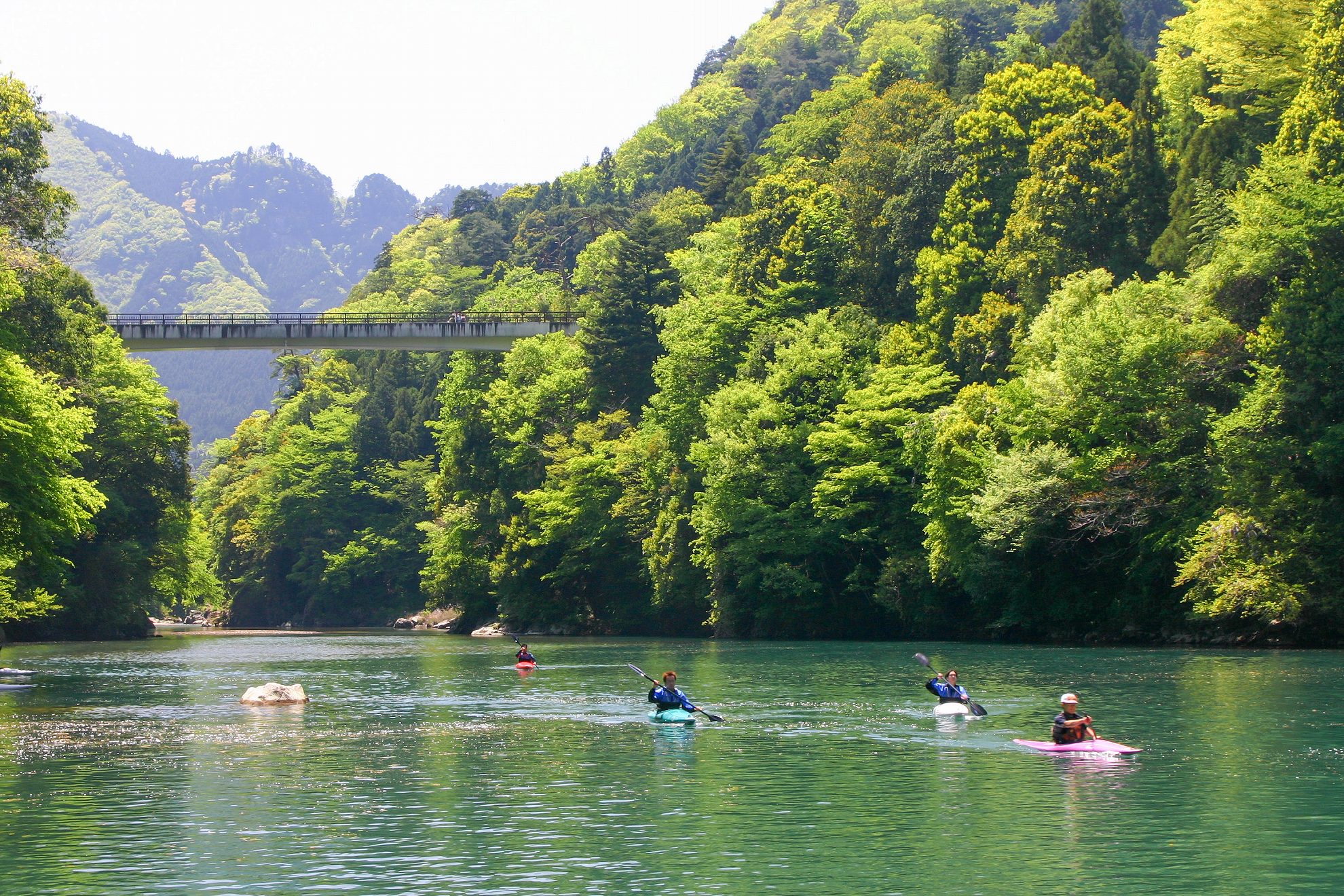
We’ve all heard that being blind will heighten other senses, namely hearing and touch. Tsuji-san said he is more aware of his surroundings through his other senses, and doesn’t particularly like being in large crowds of people.
We joked that people in the most crowded areas of Tokyo probably bump into one another more than blind soccer players! His recommendations for visiting Tokyo aren’t the usual spots like Shibuya or Harajuku, but the deep nature that is still technically within the city of Tokyo.
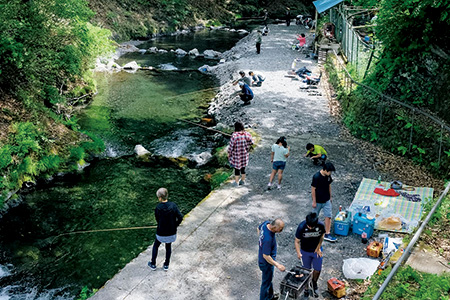
One such place is Okutama about 1 hour 30 minutes to the west of Tokyo on the Chuo Train Line. He recommends fishing in the sectioned off lakes that are regularly filled with fish: called a tsuri-bori. Even beginners or people with a disability of some kind can enjoy fishing without having to get a fishing license, or go too deep. The nature out in Okutama is lush, and you’ll have trouble believing that you’re still technically in Tokyo.
Tokyo is huge and various, and it’s worth journeying to every corner to get a different perspective. Much like Tsuji-san gave us a different perspective on sports, we should make every effort to get many perspectives on the fascinating city of Tokyo.